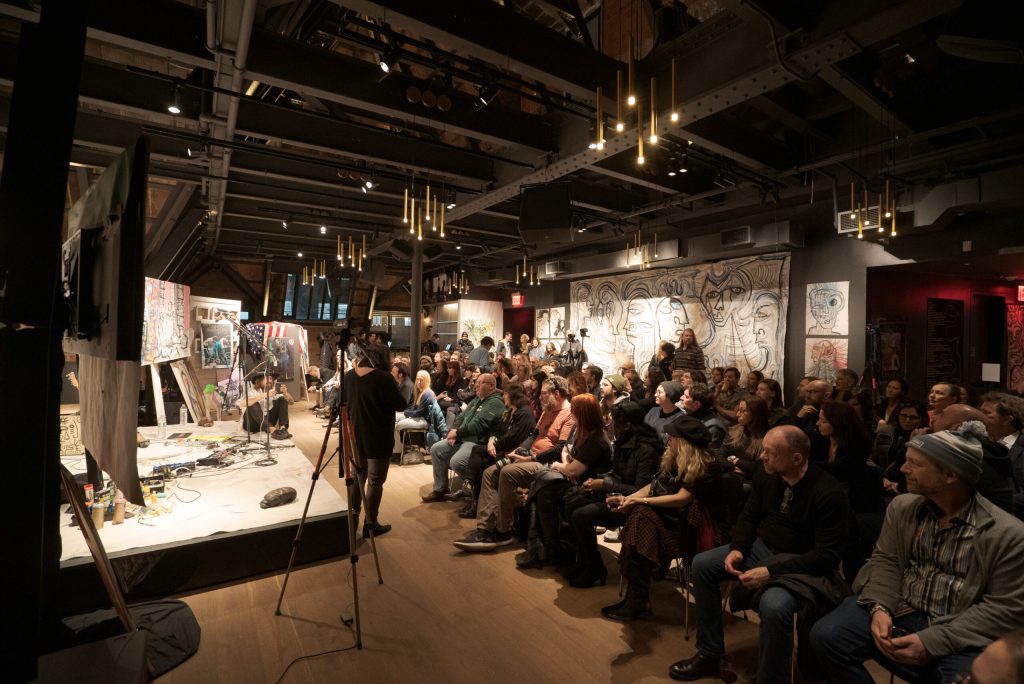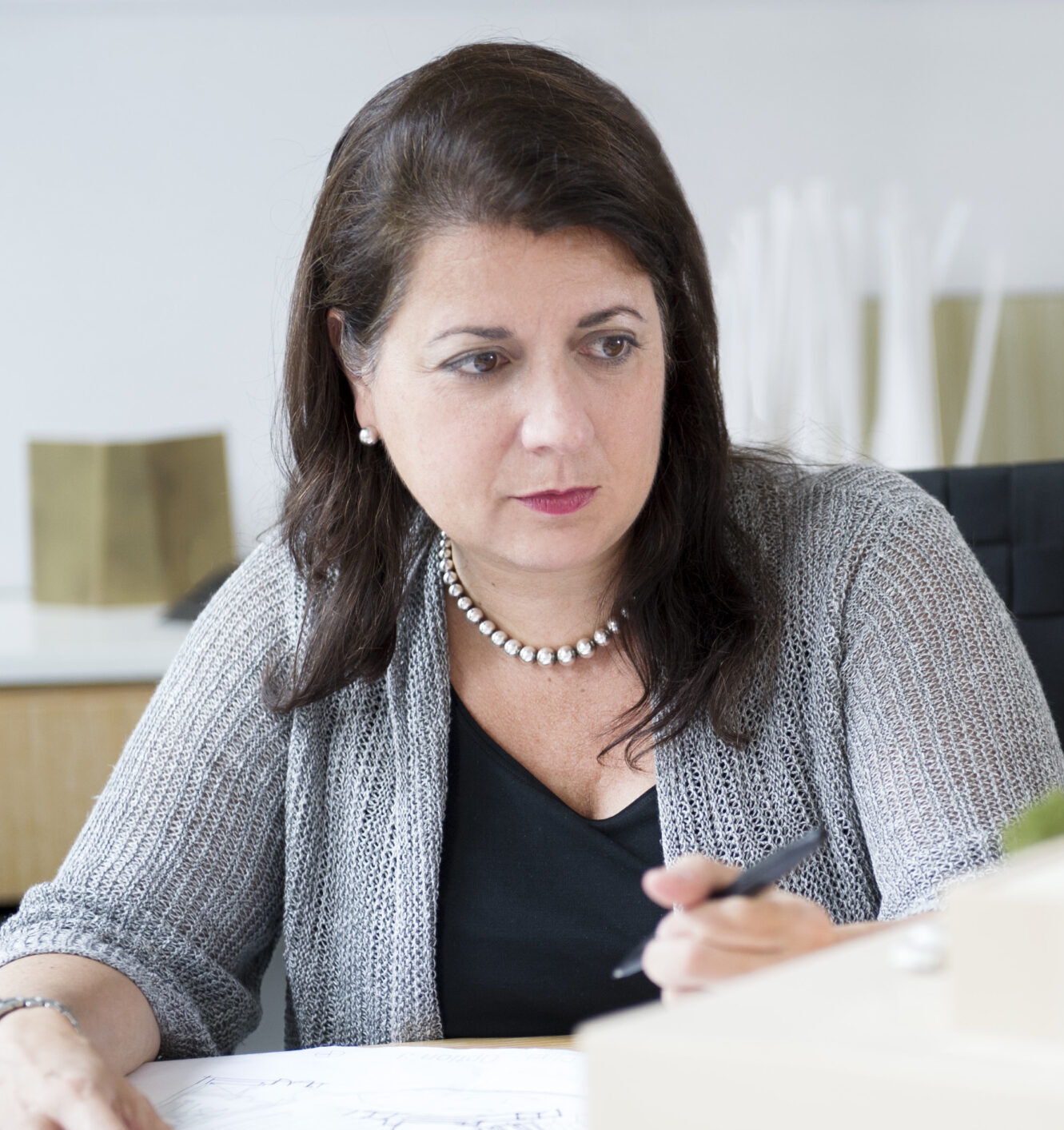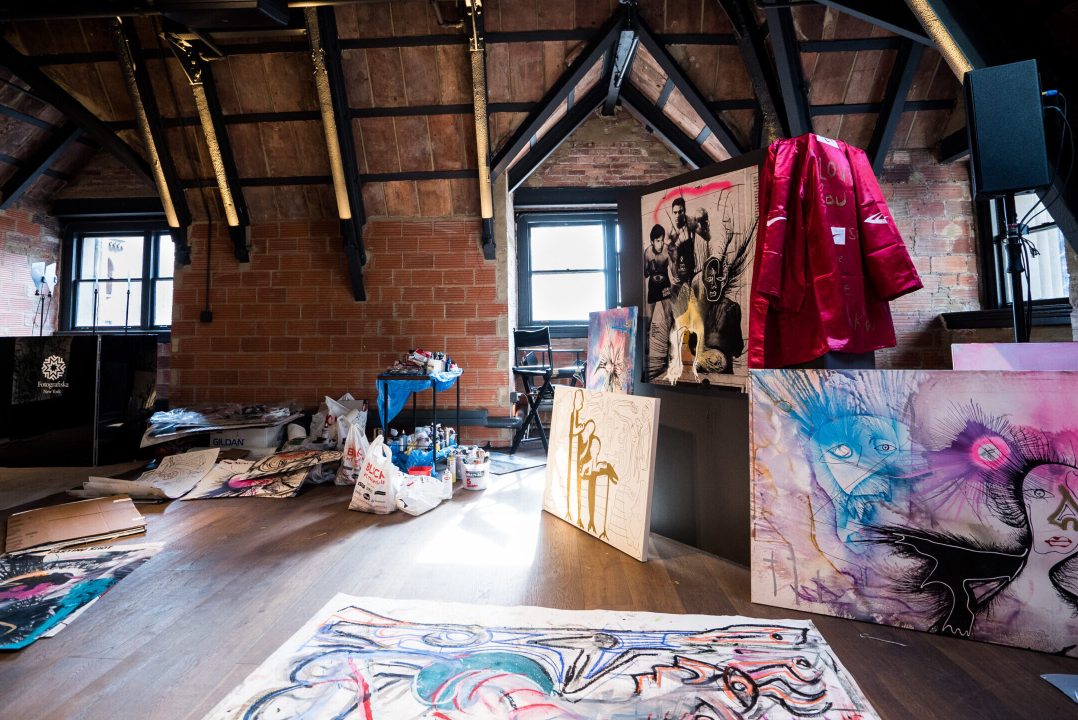
As the global pandemic has put a halt to in-person visitation for much of 2020 and brought long-held planning and operational models into question, museum leaders across the country have been grappling with challenges of how to prepare for a future that will likely bring profound shifts and a need to preserve resources. At the same time, many institutions remain rightfully committed to the goals of expanding audiences and increasing equitable access to their collections, programming, and other content. How will they balance these two imperatives?
One possibility is a creative rethinking of the distributed museum model. This major global trend has reinvented museums over the last several decades, with many institutions extending their reach by opening satellite locations in new neighborhoods, cities, and countries. In the current period, it is worth exploring how museum leaders can build on and reshape their visitation along these lines—finding ways to defray certain costs typically associated with expansion, while still broadening engagement.
As architects working with cultural institutions, hospitality groups, commercial organizations, and developers of residential communities across the country and around the world, our firm CetraRuddy has explored a number of ideas that can be of value in this context. Potential solutions range from less resource-intensive expansions utilizing pop-up spaces, for example, to creative partnerships with community organizations and national brands, and even facilities co-located within mixed-use real estate developments, or new ideas in exploring hybrid physical/digital models.
There are many opportunities to reimagine long-term visions and institutional missions—here are a few ideas and strategies that museum leaders might consider.
Pop-Ups and Smaller Brick-and-Mortar Locations
As the pandemic’s impact on revenue streams forces many museum leaders to revisit both short-term plans and long-term strategic goals, smaller institutions and cultural organizations may face a need to downsize their facilities, and larger institutions may be forced to reevaluate plans to expand or launch satellite locations.
From a facilities or operations perspective, a pop-up model offers a potential path forward. A useful precedent comes from the retail world, where in the past several years even major brands such as Target and Ikea have invested in smaller-format stores, while other brands have employed temporary pop-ups to test new concepts or reach new markets.
Especially for museum leaders who are committed to expanding their institution’s physical reach, retrofitting an existing space and operating out of it for a shorter period of time—even seasonally—can bring benefits in terms of increasing access for new audiences in new communities and neighborhoods. Pop-ups have proven to be effective as a means of boosting engagement. There are famously successful examples such as the hyper-experiential Museum of Ice Cream, which started as a temporary pop-up in New York before expanding to San Francisco, and the Museum of Plastic, whose installations aimed to educate the public on negative impacts of single-use plastics. Launched by the organization Lonely Whale, the Museum of Plastic’s New York pop-up brought in more than ten thousand visitors over six days in 2019, and its similar pop-up generated twenty-one million social media impressions at that year’s Art Basel event in Miami.
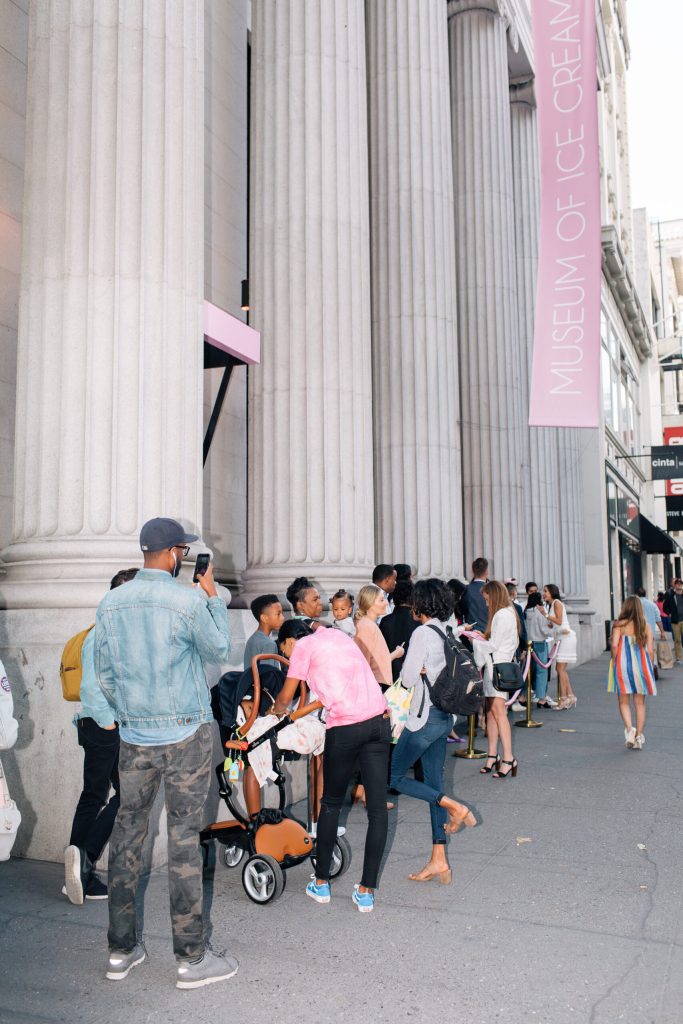
At the same time, the pop-up approach dramatically reduces the burden of more traditional long-term investments in real estate, not least as real estate analysts—including several from Cushman & Wakefield and Savills quoted in a recent Vogue Business feature—predict more flexibility in the commercial leasing market. As Cushman & Wakefield’s Garrick Brown pointed out in the story, in a worst-case scenario, over 20 percent of currently occupied space in the US will lose its tenants, meaning that “Landlords that used to be reluctant to [offer shorter and more flexible leases] will be lining up and begging retailers to test-run spaces.”
It’s also likely that, going forward, some institutions will consider decentralizing their operations in favor of several smaller (and therefore less expensive to rent, maintain, and staff) brick-and-mortar satellites in more diverse settings throughout a city, with collections rotating through the different locations. This summer in Los Angeles, for instance, the A+D Museum announced it is shuttering its physical space, in favor of virtual exhibits and temporary pop-up installations throughout Los Angeles and in other cities such as Detroit and Miami. There are also potential echoes here of what our architecture practice has seen recently in the commercial workplace sector, where employers are reducing square footage and rotating staff in an effort to reduce expenses.
In conjunction with possible moves towards pop-up spaces and decentralization within institutions’ primary geographic communities, we might also see an increase in traveling pop-ups as a way to expand a museum’s audience and reach, contributing to an overall more equitable dissemination of art. Additionally, the pop-up concept provides increased opportunities to collaborate with local and regional institutions, promoting important dialogue and discussion. A great example come from France’s Micro-Folie program, a digital museum initiative launched by the French Ministry of Culture that brings the virtual archives of a dozen French museums to pop-up spaces in cities and towns around France and internationally. In France, many of these Micro-Folies are situated within shopping centers or other pre-existing, popular destinations. Internationally, they are often hosted within the facilities of non-profit organizations dedicated to French culture—for instance at the French Institute Alliance Française (FIAF) in New York City, or the Alliance Française in Abu Dhabi—a kind of strategic partnership that can reduce costs by shifting them from the exhibiting institution to the host organization or community.
Creative Partnerships to Reach New Audiences
As the above scenario suggests, another trend we’re seeing is in an uptick in the number of institutions partnering with various outside organizations, as a means of leveraging broader resources to expand the reach and visibility of collections and programming. In the same way that museums lend artwork to other institutions, museum leaders will continue looking to existing community organizations as potential partners, on a seasonal or rotational basis. This has the benefit of bringing content into diverse locations and to populations who might not typically choose to visit a museum.
There are strong precedents for this: The Los Angeles Museum of Contemporary Art launched a successful initiative in this mode several years ago, partnering with a cultural hub called the Underground Museum to place works of art from its collection in working-class and predominantly POC neighborhoods throughout Los Angeles; and in New York City, the Studio Museum in Harlem partners with local schools, libraries, and other organizations who display high-quality reproductions of works from the museum’s permanent collection.
In the current pandemic period, the value of these kinds of partnerships becomes particularly clear. Take the example of the Crystal Bridges Museum of American Art in Bentonville, Arkansas, which partnered this spring with local artists to create “togetherness”-themed works that could be displayed outside of hospitals and nursing homes, to help patients and residents feel a sense of social connection and reduce the atmosphere of isolation. In this context, local or regional partnerships can help a museum find new audiences, while furthering its connection to existing audiences who may not be able to visit in person. Leaders at the Wiener Museum of Decorative Arts (WMODA) in Florida, which primarily focuses on ceramic art and studio glass, have also explored this path during the pandemic. According to Executive Director and Curator Louise Irvine, the goal has been “to increase public awareness of the fired arts and make our museum relevant and pleasurable in people’s lives.” By connecting with various organizations whose mission aligns with WMODA’s collection, WMODA has been able to develop programming “in association with ocean conservation, animal rescue, fashion design, and arts tourism.”
Similarly, collaborating with a large national group—or a brand with locations nationwide—can help make travel more feasible for physical exhibitions, and boost an institution’s visibility into new arenas. A good example is the Swedish photography organization Fotografiska, which opened its first U.S. location in a CetraRuddy-designed New York City space late last year. In January of 2020, Fotografiska partnered with Kimpton Hotels & Restaurants on an immersive traveling photography installation and audio guide titled Stay Human, which debuted at Fotografiska New York before traveling to Kimpton hotels across the United States.
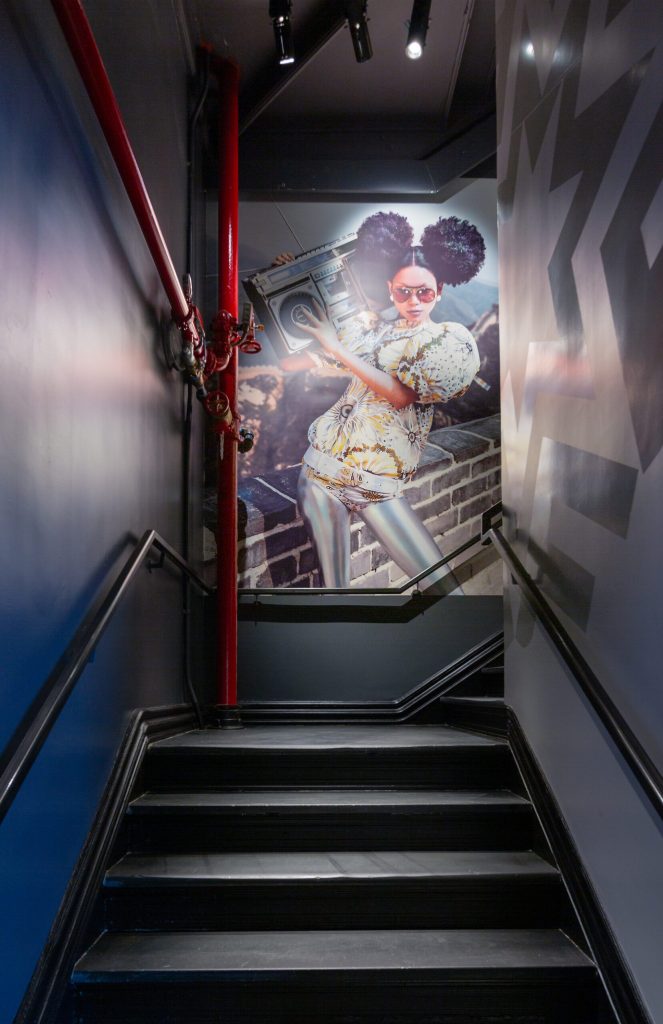
As Fotografiska’s Chairman Yoram Roth notes, “This exhibition presented a unique opportunity to connect with an audience outside of the museum walls and share with them an intimate, multi-sensory experience of photography.” The reach of a high-profile, nationally active brand boosts the visibility of the museum; from the partner brand’s perspective, hosting a temporary exhibition at various properties can serve as a compelling new draw for guests, which in the case of a hospitality brand will be increasingly important as travel begins to ramp up post-pandemic.
Co-Locating within Residential or Mixed-Use Real Estate Developments
Beneficial partnerships may take less expected forms, too. There is an accelerating practice of integrating artwork into the design and program of multifamily residential projects—from apartment and condominium complexes to senior and assisted living facilities, such as the assisted living community in Vienna, Austria, that integrates an outdoor permanent kinetic installation by the artists mischer’traxler studio and Martin Robitsch. It is likely that some institutions will consider taking this trend a step further, exploring partnerships with apartment developers or others in the real estate world and co-locating new facilities—either satellites or primary locations—within larger developments. CetraRuddy has been exploring these concepts in several new projects, including in a design for a mixed-use residential property under development in the Northeast, where plans call for a leading art collection to take a large portion of the complex as its flagship public location and exhibition space.
The potential value of this kind of partnership is clear: The institution benefits from lower ongoing costs than it would have in a standalone facility; the community benefits from its new access to museum space and programming. And—as we’ve learned from experience working on several mixed-use complexes incorporating schools and cultural venues—from the real estate developer’s perspective, including a museum or cultural institution in a new project may bring financial or zoning incentives from the municipality.
Continued Exploration of Hybrid Models and a Digital/Physical Balance
Looking beyond new approaches to facilities and partnerships involving physical space, it’s likely we will also see more museums explore hybrid digitally distributed models. Like physical branch and satellite locations, online content has become an increasingly popular way to expand a museum’s network over the last decade. Well before the pandemic, many institutional leaders worked to combine these models into a hybrid, recognizing the value not of trying to replicate the experience of actually going to a museum, but of offering a different kind of experience, one that complements but doesn’t subvert the physical.
How can museums leverage this hybrid idea during the current period, and beyond? Throughout 2020, savvy expansions of online content have allowed new audiences to experience collections and programming for the first time, while enabling existing audiences to develop a fresh relationship with artworks and objects they’ve already experienced—strengthening a museum’s ability to draw in visitors while also helping to redefine the limits of what constitutes a museum in the first place. A good example of this approach can be seen with Fotografiska. Chairman Yoram Roth notes that when the physical New York location closed as part of the city’s spring lockdown, the staff created “a digital content hub called The Foto Sessions, where we worked with our exhibiting photographers to shoot ‘home videos’ to document their artistic processes during quarantine.” This example offers a window into how museums may help audiences engage with content, process, and the artists themselves—creating an entirely new kind of cultural experience that deepens the public’s relationship with the institution.
Even social media can be activated in this process to enable real-time engagement that deepens institutional mission, complements the content and programming taking place within the physical facilities, and bolsters the idea of the museum as embedded within its communities. WMODA Executive Director and Curator Louise Irvine has found success this year in “improving our presence on social media platforms to connect with a younger demographic in the digital world.” Fotografiska’s Yoram Roth describes a similar process during the pandemic: “We also launched Photographers on the Frontlines on our social media channels to showcase photographers who are capturing the ongoing protests across the United States. We’ve seen incredible engagement through these online series—it’s been a great way to build our community.” This type of initiative might be explored as a complementary outgrowth of longstanding practices, such as the practice of collecting objects, photographs, and ephemera related to current events (for instance at the New-York Historical Society, with its History Responds program, which ramped up during the pandemic). Documenting a significant cultural moment in the digital space can serve to bring added reach and resonance, and as multi-modal engagement becomes even more normalized, museums have a chance to tap into this important trend.
As museum leaders look to the future and plan for success in a challenging moment, there are many opportunities for bringing exhibitions and programming to new audiences and increasing equitable access to art and cultural content. And in fact, by considering creative and fresh approaches to distributed models, it’s possible to extend museums’ reach well beyond the physical boundaries of a single space, strengthen the role of museums in new and diverse communities, and encourage the growth of meaningful and longstanding relationships that can set the stage for long-term success. As WMODA’s Irvine states, “Our ultimate goal is… a museum without walls, which can be a 24/7 resource for audiences around the world.”
